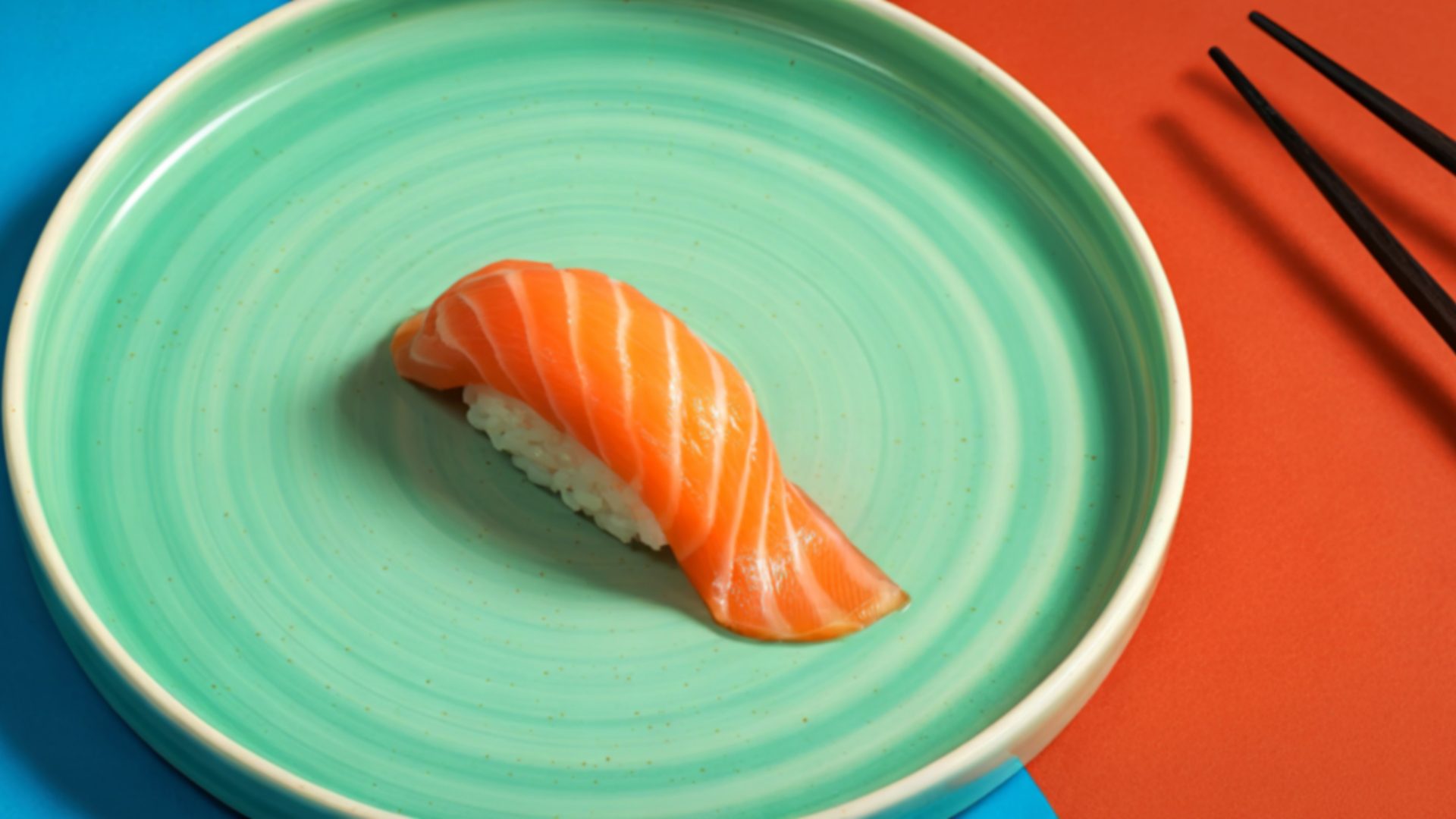The patchwork of state and federal mandates banning ingredients, coupled with tariffs and the popularity of weight-loss drugs (such as GLP-1 agonists), is making it imperative for consumer packaged goods manufacturers to adapt quickly. Experts agree supply chain adjustments are key to staying ahead of the changes.
Health and Human Services Secretary Robert F. Kennedy Jr. has announced a ban on artificial dyes in food and drinks, part of his “Make America Healthy Again” initiative while GLP-1 weight-loss drugs have consumers looking for healthier snacks, packing more fiber and nutrition. Tariffs threaten to increase prices on produce from Mexico, as well as prices on teas and other staples.
A recent consumer purchasing survey from Shopkick showed 6% of consumers said they were influenced by “GLP-1 friendly” labeling in their purchasing decisions.
“The snacking landscape is experiencing immense change as health-conscious consumers influence innovation to drive demand,” Brittany Billings, CMO at Trax Retail, told The Food Institute.
“Smart CPG companies will take note and develop healthier products as well as refine their packaging and labeling to feature GLP-1 and healthier messaging more prominently.”
Understanding shifting consumer preferences is vital now more than ever, experts note.
“Brands that listen to shoppers and utilize real-time, data-driven insights will stay ahead of the curve and seize market share,” Billings said.
The result could be manufacturers moving to less ultra-processed foods to avoid losing sales, Food Navigator said.
Investors are urging companies to find alternatives to the dyes targeted by Kennedy. California already has banned brominated vegetable oil, potassium bromate, propyl paraben and red dye No. 3, Food Navigator noted. More than 20 other states also have taken steps to implement bans on certain dyes from schools – some bans to take effect as early as this year.
Tastewise said advanced analytics and AI-powered tools are key to allowing companies to stay ahead of CPG food trends, given that social conversations about such foods have increased more than 21% in the past year. One dominating trend is interest in vegan snacking.
The Fishbat website observed that the marketplace is being redefined by health-conscious purchasing decisions.
“More consumers are seeking natural, organic, and functional products tailored to their wellness goals. Brands that emphasize clean ingredients, transparency and sustainability are gaining consumer trust,” fishbat said.
Data from Statista show the U.S. imported 3.25 million metric tons of tea from China in 2023, and though President Trump has suspended most of his 145% tariff on Chinese goods for three months, a 30% tariff remains. Teas from Japan, India, Argentina and Sri Lanka could face 88% reciprocal tariffs come July 9. Food Navigator noted that higher consumer prices may not hit immediately, as long as brands build out their inventories before the levies take effect.
The Food Institute Podcast
It’s tariff time, and companies the world over are working to better understand how their operations will be impacted. Jodi Ader from RSM US LLP joined The Food Institute Podcast to discuss which products and inputs are currently subject to tariffs, and how to best mitigate supply chain risks.











